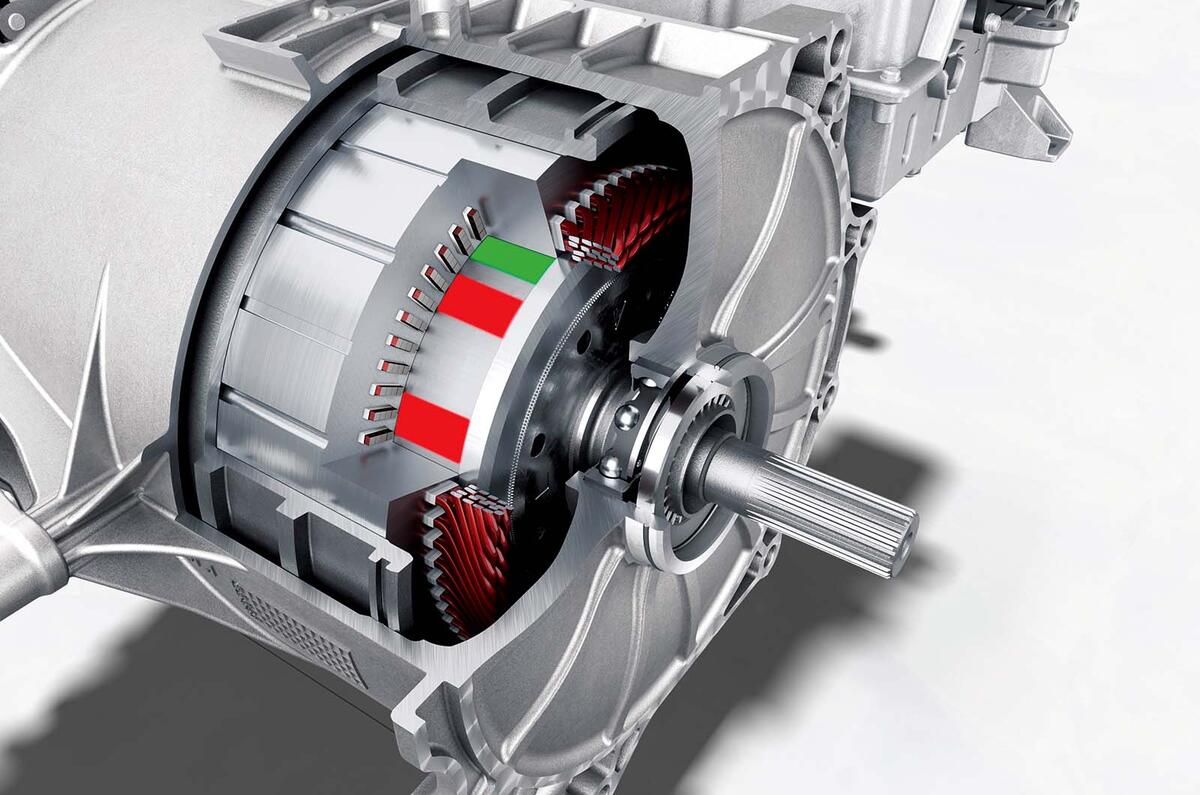As technology that directly affects us as consumers moves along the timeline, terminology once only found hiding in textbooks emerges into the public consciousness.
‘Rare earths’ may not be on everyone’s lips at the breakfast table, but it’s certainly a term that has become familiar to anyone interested in cars, and especially so since EVs began to take off and many rare things that come from the earth have come under greater scrutiny.
So what are these things and what are they used for? Ironically, they aren’t particularly rare, and they haven’t suddenly become a ‘thing’ purely in relation to EVs either; they are already in widespread use not only in ICE cars but also in many other types of tech used by the average household.
Rare earth materials are metals and there are 17 of them in the periodic table of elements. They are probably best known in automotive circles for their use in the permanent magnet electric motors of EVs, although not all car makers choose to use permanent magnet motors, specifically to avoid the use of rare earth materials.
Unsurprisingly, rare earths go by impressive-sounding names that are a treat to roll off the tongue. According to Porsche, which uses them in its EV drive motors, neodymium is the most prevalent, but it also uses dysprosium and terbium in its motors. But if there’s a question over the sustainability of rare earth materials, why use them at all?
The simple reason is that they make the world’s most powerful permanent magnets, which generate a magnetic field much greater than that of a common or garden iron (ferrite) magnet. Porsche says the magnets it uses in its EV motors consist of around 30% rare earth metals in addition to iron.
These more powerful magnets are also smaller and lighter than their basic iron counterparts, so permanent magnet motors take up less space and weigh less than the alternative separately energised motors that substitute electrical windings for permanent magnets.
As to rarity, Porsche says some rare earth materials are more abundant than lead, but they are much harder to extract and process, which in one sense amounts to the same thing.
EV motors are not the first or only things in which rare earth materials are used. A rare earth material (not to be confused with precious metal) is used in the catalytic converters of ICE cars, and they are used in catalysts for refining petrol and diesel fuels.
They are also used in the small electric motors found throughout cars for the same reason they are used in traction motors: more power, less space.
Rare earths are also used for behind-the-scenes stuff such as making sensors and polishing glass and mirrors. Other uses in cars and across other industries include computer hard drives, LED screens and radar.






Join the debate
Add your comment
I get paid more than $200 to $400 per hour for working online. I heard about this job 3 months ago and after joining this I have earned easily $30k from this without having online working skills . DF Simply give it a shot on the accompanying site…
Here is I started.…………>> smart.makedollarsdaily.workers.dev
Good to see some of the misconceptions about rare earths being addressed, and also their usage in oil refining/ combustion vehicles, which is usually not mentioned.